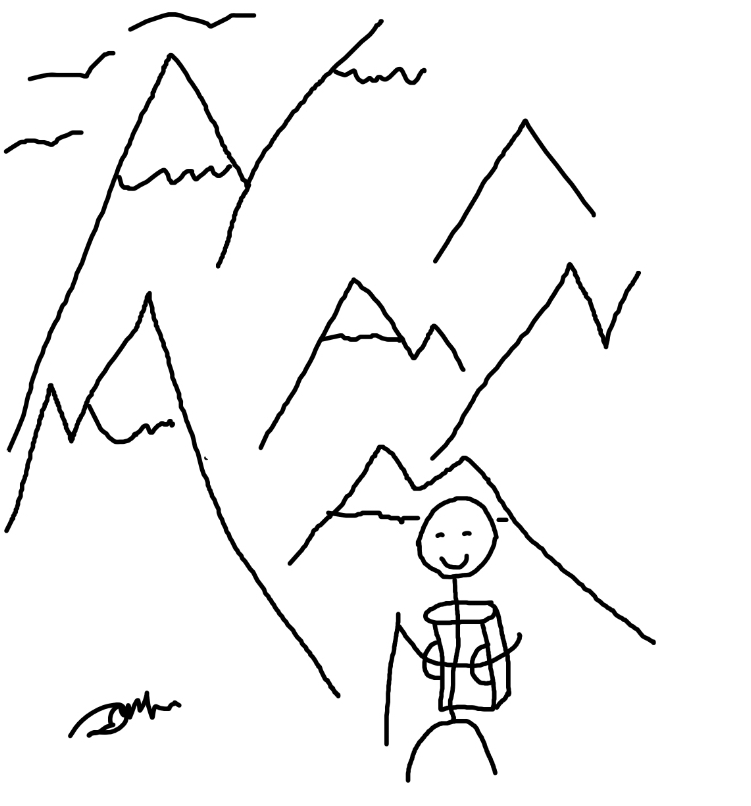I am a Staff Research Scientist at Google DeepMind (a magical place), working on AI.
Previously, I was an assistant professor at the University of Cambridge. Before that, I was a researcher in the Visual Geometry Group and a research fellow at Balliol College.
I take great enjoyment from researching and building things, mostly with computers.

